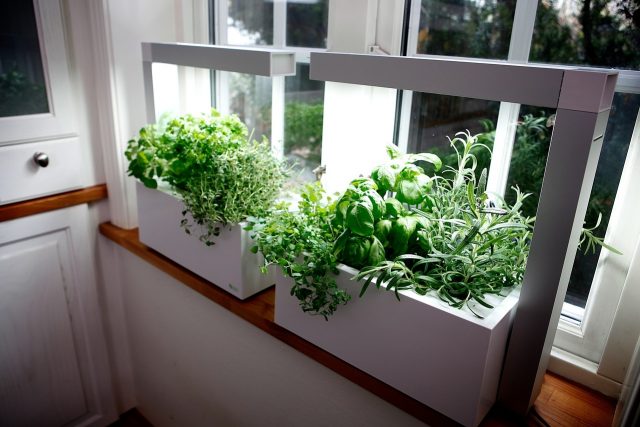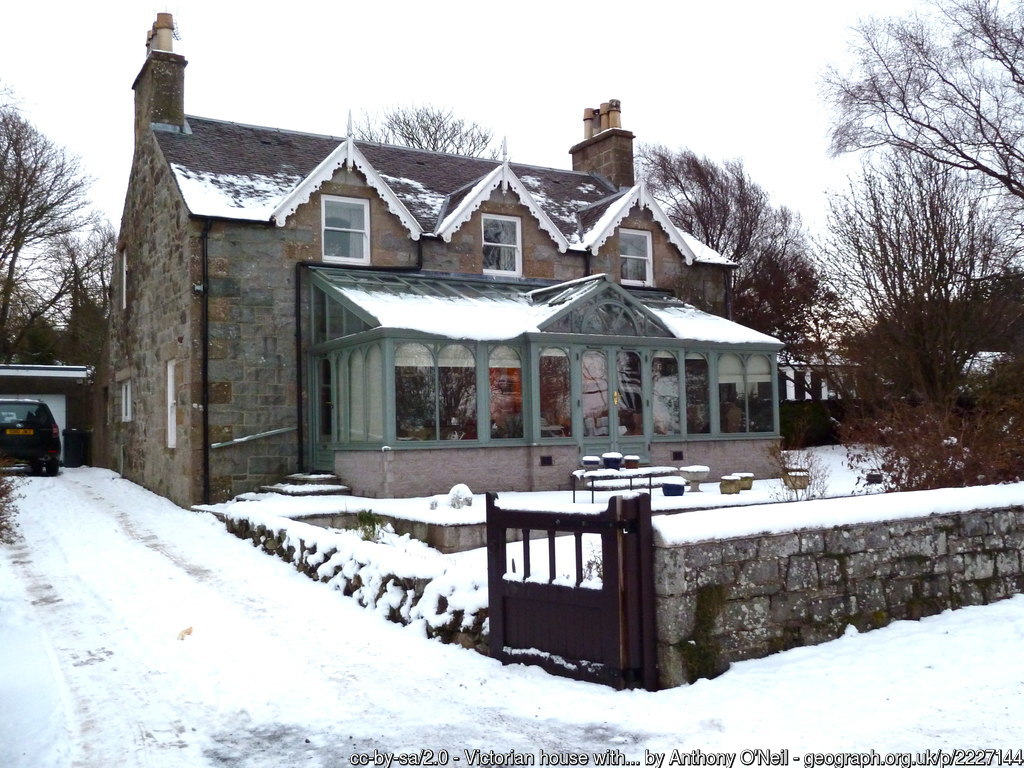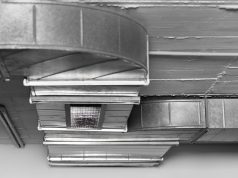
Conservatories used to be exclusively for plants. These days, they’re for people. Of course, you can still put your favourite potted companion in there too, if you’d like, along with the dog, TV, bike and even a fridge.
In short, conservatories can offer homeowners with an extremely versatile domestic space and it is for this reason that make such a popular, and cost-effective, way to extend a property.
They can even add value to your house.
A conservatory can increase the desirability of a home to potential buyers in a number of ways:
- From an aesthetic point of view: It can make a house look more modern.
- From a space point of view: It increases the liveable space within a property.
- From a lifestyle point of view: Buyers see a conservatory as more than just an extra room but as a lifestyle enhancing space.
All in all, a well-built conservatory will cost around £10,000 to install but could add between seven and 15% to the value of your home. This estimated added value should allow you to recoup the outlay on your investment and then some.

Getting the most out of your conservatory
Any value that a conservatory adds to your home however, is dependent on a number of factors.
- You should use a company that is registered with a governing body, such as the Glass and Glazing Federation. Using a reputable company should help to ensure the quality of your conservatory.
- It’s also important to use a company that offers a guarantee covering the major parts of the build. A potential buyer is likely to be put off by a conservatory that is not covered, as repairs could be expensive.
- Your conservatory should combine form with function. Choose a style that is in keeping with the rest of your home. This is particularly important for traditional houses.
- Size is another important consideration. Too small and space may be limited; too large and it could take up a lot of garden space – another valuable commodity.
- There’s a lot of glass that goes into building a conservatory, so they can offer some great views. Make the most of this and ensure your conservatory looks out onto a pleasant space.
- Carry out a property valuation before and a few months after adding your conservatory to see if it has added any real value and any other improvements that can be made
Do I need planning permission?
Planning permission is not necessarily needed when it comes to building a conservatory. The supplementary living spaces are considered to be a permitted development – provided they meet certain criteria. It should be no more than 4 metres high and lower than the highest part of the existing roof. It should also cover no more than half the area of land around the original house.
In the event that you do require planning permission, you can sort this out yourself; however, many companies will offer to handle the process on your behalf as part of their services.
What about building permission?
While planning permission takes care of the visual impact of a construction, building regulations relate to its technical integrity. Permission for this side of the build is often not required either. As long as your conservatory is separated from your house by external quality walls, windows or doors, approval won’t be required.
So, if you want a relatively quick, convenient and cost-effective way to add value to your home, you could certainly do worse than consider investing in a conservatory.













